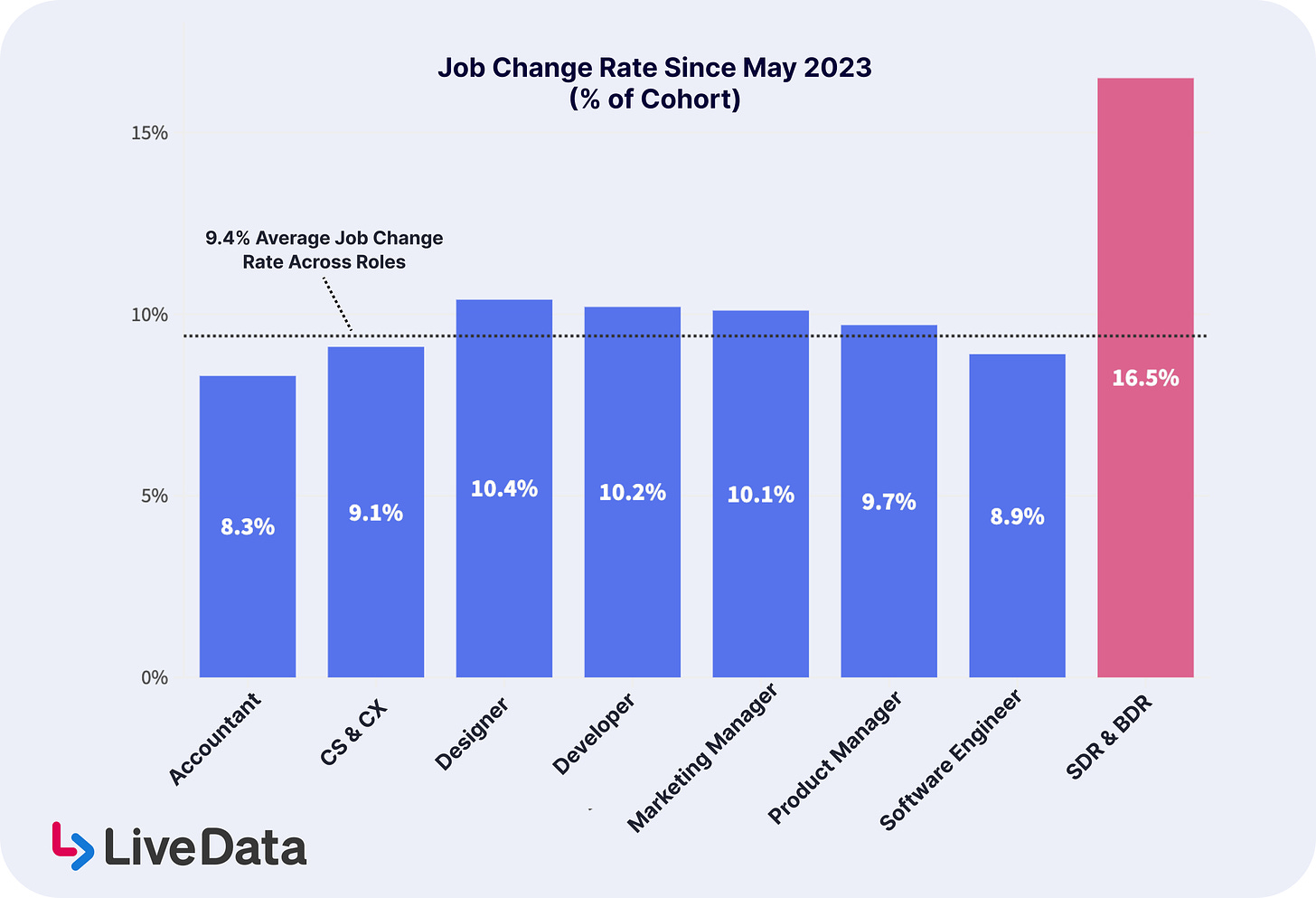Last week, The Wall Street Journal published its annual rankings of the best U.S. colleges. The rankings for 2024 look only slightly different than those for the past handful of years with name-brand schools dominating the top spots.
The WSJ publishes the methodology behind the list. The methodology gives 70% weight to “student outcomes” measured by salary impact vs. similar schools, tuition pay-off period, and graduation rate.
In an attempt to throw a wrench in the WSJ’s rankings, this edition of Human Capitalist calls attention to a few examples of schools that outperform their ranking and their perception. To do so, we’ll turn our back-to-school special into a pop quiz.
Which state’s colleges produce the most PayPal employees?
Which university sends the most grads to The Fortune 500?
Which college is the revenue engine for the Forbes Cloud 100?
As always, read to the bottom for three quick hits on the latest human capital insights and the opportunity to submit your own human capital questions.
Which state’s colleges produce the most PayPal employees?
Is it California? Massachusetts? Washington?
Nope.
Four of the top 10 schools that send alumni to PayPal are in Nebraska.
A corn-fed mafia
Peeling the ear of corn a bit more we see alumni from Nebraska and neighboring Iowa schools have an average tenure that is almost double that of employees who are alumni from the WSJ’s “top” schools.

Why does this matter?
The U.S. labor force is seeing unprecedented turnover (more on this in the quick hits). While there are many lenses through which to look at employee turnover, two stand out when thinking about employee tenure at companies that underwent layoffs in the last 12 months.
People vote with their feet
With the rise of remote work, top talent is no longer geography-constrained. Employees who lose faith in the health of a company tend to seek jobs in greener 💵 pastures.
Employee quality
Many times, when companies restructure, the first employees to be cut are the “low-hanging fruit” or the underperformers. The fact that the majority of Nebraska school alumni remain employed after PayPal’s January layoffs is an implicit commentary on this group’s performance.
Which university sends the most grads to the Fortune 500?
Ask any group of people a simple question:
”Which school produces the most corporate employees at Fortune 500 companies?”
The logical answer is a large, longstanding established university with a vast network of alumni.
The University of Washington? Sure. Arizona State? Sure. Penn State? Sure. Cal? Sure.
Surprise! It’s the University of Phoenix!

In fact, there are more University of Phoenix (85K+ annual enrollment) alumni who work at Fortune 500 companies than alumni from all of the Ivy League schools combined (150K+ annual enrollment).
This is a great reminder that there are many educational pathways to a successful career. Attending an “elite” higher education institution may give you an advantage in landing a job at a top company, but it’s not the only way to get there.
Which college is the revenue engine for the Forbes Cloud 100?
Over 25% of the employees at the Cloud 100 companies went to school in California. This isn’t entirely surprising given the geographic concentration of the Cloud 100 companies, but it reinforces that where (location) you go to school matters.
The good news is if you’re in California, you’re closer to a great opportunity; the bad news is you’re competing with many of the best Universities in the country.
So who do the leading cloud companies turn to to drive revenue?
Santa Clara University.
Santa Clara produces the most sales and finance employees (normalized for school size) at Cloud 100 companies.
Perhaps the Broncos belong higher up the WSJs rankings than 75th?
Three quick hits
1) Where can you find new founders?
62% of founders who started a new company in 2023 live in 25 cities. Which cities are the current hotbeds for innovation and which are likely to attract the most new capital in the coming months?
Read more about new founders in 2023 here.
2) Are we hemorrhaging healthcare workers?
New healthcare jobs in August 2023 were down five percentage points versus a year ago. Over three-quarters of healthcare executives say that staffing is their leading business risk.
Understand the health of healthcare jobs here.
3) Which roles have the highest turnover?
The average monthly job change rate over the last three months was 3.13%, up from 2.5% reported by Pew Research in early 2022. The turnover rate for most roles is +/- .5%, unless… you’re a SDR or BDR.
The average monthly job change rate for entry-level sales employees was 5.5%.
Read more about job change rates here and all the SDR and BDR job changes here.
What questions would you ask?
To put context around the “big numbers” of real-time job change data
— specifically, 30k+ daily changes across 90M+ people at 4M+ companies — I started asking questions of our data.
For every question, there are answers, insights, and… more questions.
I’m constantly thinking about the next batch of questions and insights to dig into. If there is a human capital data question you’re interested in exploring, leave a comment below or reach out directly via LinkedIn.









